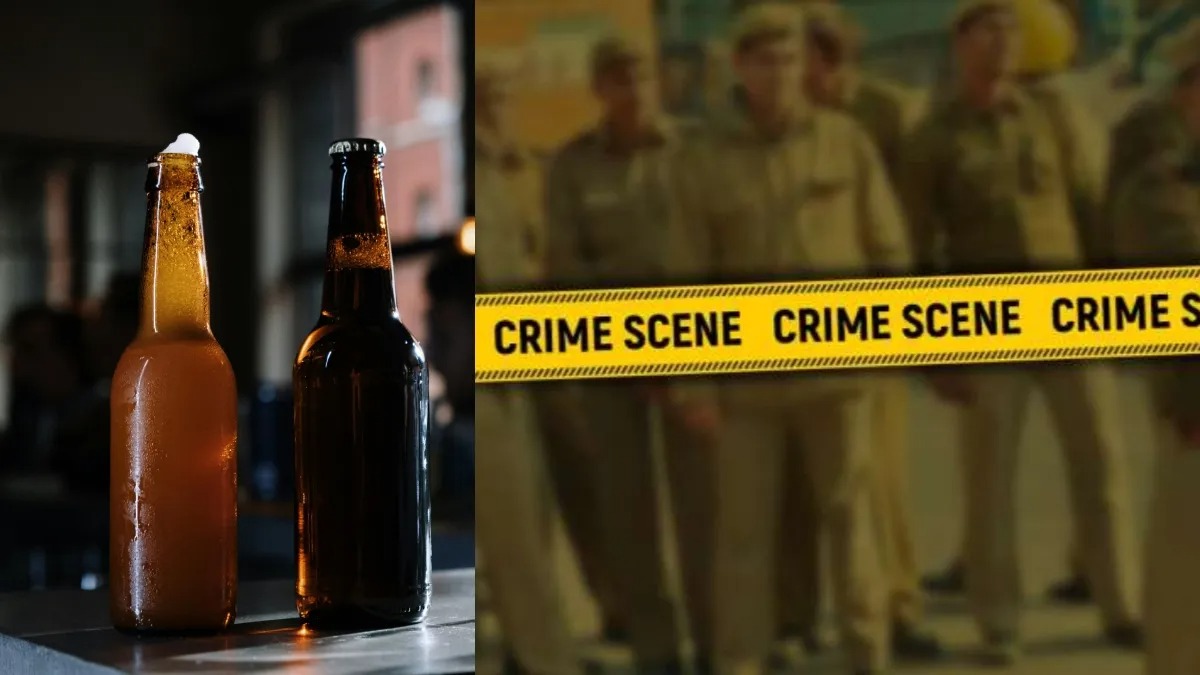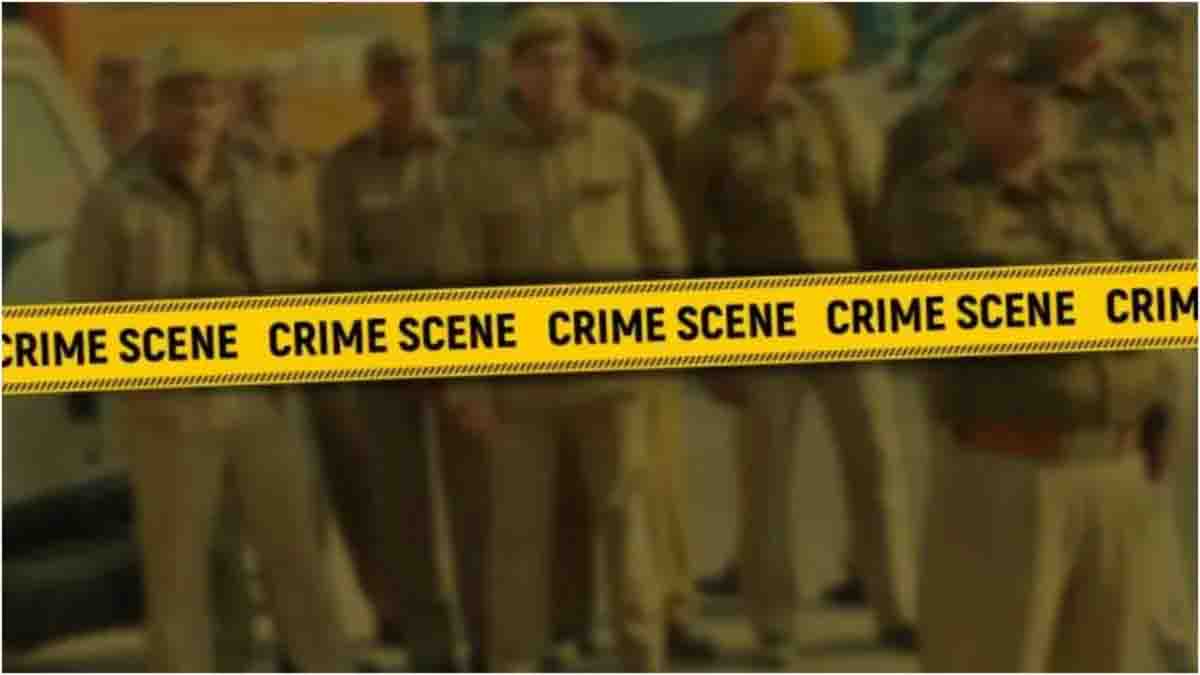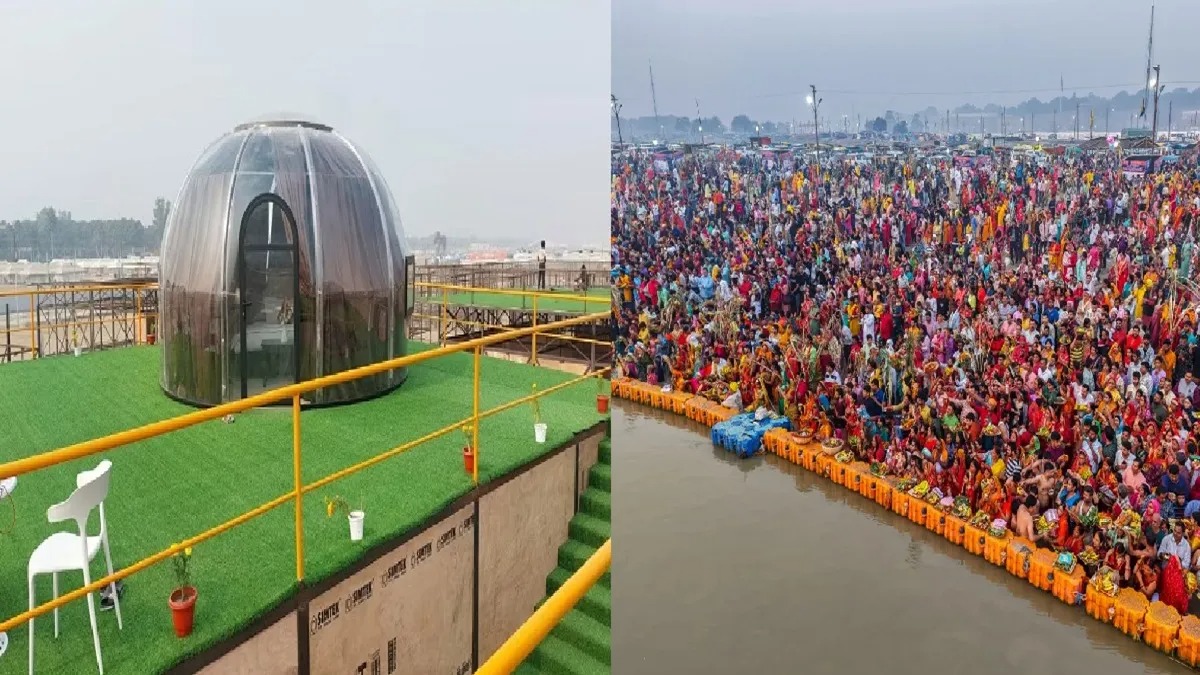
UP Police Tenants Verification App: Ensuring Safety and Compliance Through Technology
In recent years, the integration of technology into public safety and administration has seen significant growth. One such innovation in the Indian state of Uttar Pradesh is the UP Police Tenants Verification App, popularly known as the UPCOP app. This mobile application has been designed to streamline various police-related services, including the verification of tenants. However, recent discussions on social media have brought attention to certain peculiarities in the app’s design, specifically regarding the dropdown options for tenant professions. This article delves into the app’s features, its recent controversies, and the broader implications of such technological solutions in law enforcement.
Overview of the UPCOP App
The UPCOP app is a comprehensive tool launched by the UP Police aimed at enhancing the accessibility of police services to the citizens of Uttar Pradesh. The app facilitates a range of activities from filing complaints, registering FIRs (First Information Reports), to tenant verification. It serves as a critical bridge between the police department and the public, promoting transparency and efficiency.
Tenant Verification: A Key Feature
Among its many features, tenant verification stands out as a particularly crucial service. Given the rising concerns over security in urban areas, verifying the background of tenants has become an essential practice for landlords. The UPCOP app simplifies this process by allowing landlords to register and verify the credentials of their tenants directly through the app, ensuring that they comply with legal requirements and maintain safety in their properties.
Recent Controversy and Clarifications
The Dropdown Dilemma
A recent report highlighted an unusual aspect of the tenant verification feature — the dropdown menu for selecting a tenant’s profession included options such as “professional killer”, “drug smuggler”, “gambler”, “illegal liquor trader”, and “beggar”. This anomaly sparked widespread discussion and concern on social media platforms.
UP Police’s Response
Following the backlash, UP Police clarified that the dropdown options were based on the National Crime Records Bureau (NCRB) master data. They acknowledged the oversight and explained that the options were not intended for this particular use-case. The police further assured the public that steps were being taken to rectify the mistake with assistance from other states and the NCRB.
Importance of Accurate Data Handling
This incident underscores the critical importance of accurate data handling and the customization of national databases for specific applications. It also highlights the challenges faced in adapting broad datasets to localized contexts.
Public Reaction and Impact
Community Concerns
The dropdown issue raised valid concerns among the populace regarding data sensitivity and the potential for misuse. It also led to a broader discussion about the oversight and governance of technological implementations in public administration.
Strengthening Trust Through Transparency
To mitigate the fallout and rebuild trust, UP Police has been proactive in communicating their actions to address the concerns raised. Transparency in such corrective measures is crucial in maintaining public trust in digital governance tools.
Other Functions of the UPCOP App
Apart from tenant verification, the UPCOP app also supports:
- Cybercrime reporting
- Employee verification
- Police verification for character certification
- Permissions for protests, other events, and film shootings
These features collectively enhance the utility of the app, making it a versatile tool for both the public and the police force.
Technological Innovations in Law Enforcement
The UPCOP app is part of a larger trend of incorporating technology into law enforcement processes. Such innovations are intended to increase efficiency, reduce bureaucratic delays, and improve accessibility of services to the general public.
The UPCOP app represents a significant step forward in the use of technology for enhancing public safety and administrative efficiency. While the recent controversy highlighted challenges, particularly in data management and application design, it also provided valuable lessons in the importance of precise customization and public communication. As UP Police continues to refine the app, the potential for it to serve as a model for similar initiatives across India remains substantial. By embracing transparency and continually updating their systems, law enforcement agencies can ensure that technology truly serves the public good, enhancing safety and convenience for all.

 Share
Share


_884032419_100x75.jpg)



